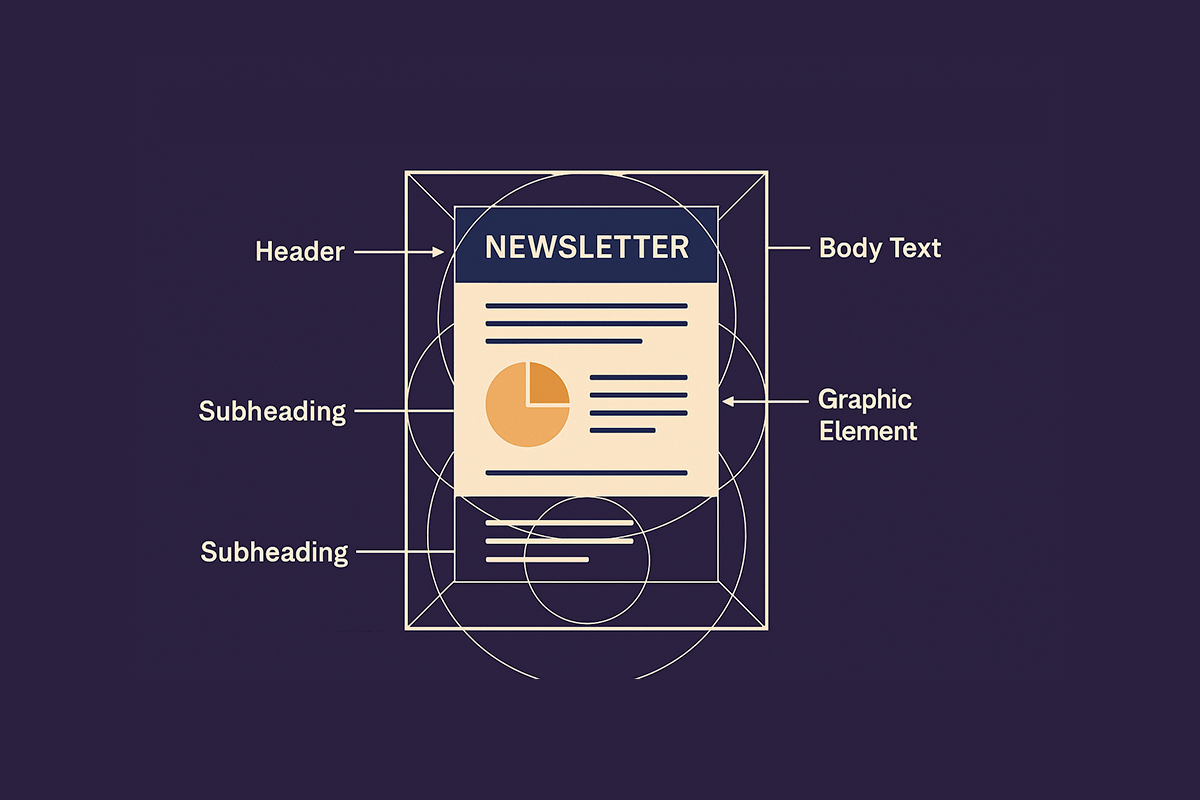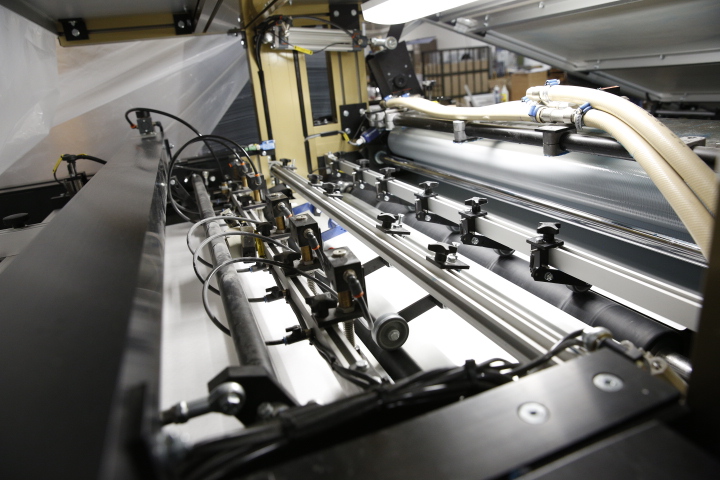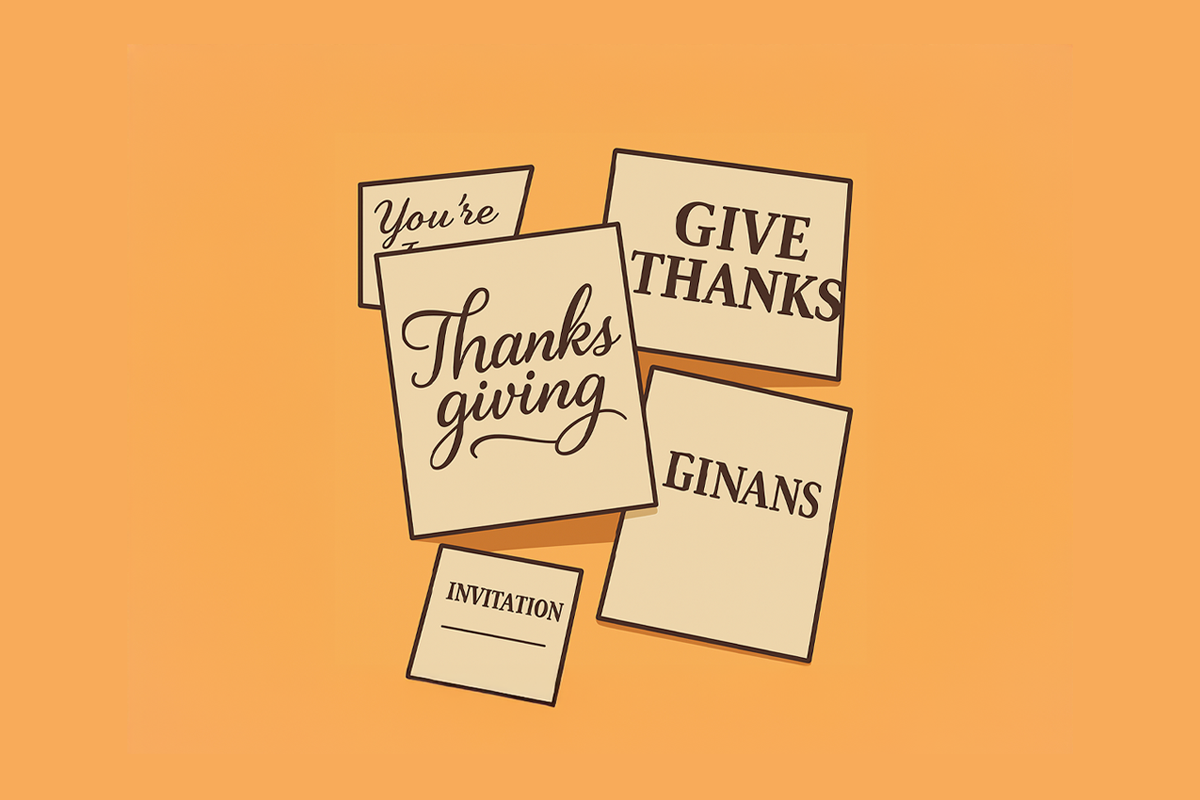Best Practices for Designing Engaging Newsletters
Get expert tips for designing print newsletters that captivate - covering layout, fold-specific design tricks, content strategy, and print production basics.

How a print product is designed is just as important as the materials and methods used to print it. Developing strong content, choosing an effective layout, and strategically emphasizing key details through visuals and text can take a newsletter from forgettable to attention-grabbing. So, to help your organization seize the moment with its next publication, we’ve developed this easy primer on design best practices. Learn what to watch for, how to build your brand, and how to direct the reader’s attention through simple, effective print design strategies.
Newsletter Design Essentials
Organizations often choose newsletters over postcards or flyers because they have more content that they want to share. However, it’s important not to let the temptation of a newsletter’s extra space lead to a cluttered, illegible design. Important design principles to keep in mind when laying out your newsletter include:
- Proactively incorporate negative space between design components like text boxes and columns.
- Maintain a readable font size, even if it means reducing the overall length of your copy.
- Implement a clear content structure, such as a single central headline followed by columns read from left to right, to help readers move logically through your information.
Content That Resonates
As a typically text-heavy print product, the design of your newsletter copy is of particular importance. Copy design techniques help you calibrate your writing to resonate with the intended audience. This is often described as developing the right ‘voice and tone’.
One popular definition of voice and tone soliloquizes that ‘voice is your brand personality, while tone is your brand’s mood”. To put it more plainly:
- Voice refers to the perspective from which your content is written.
- Tone refers to the way your content is phrased.
- Typically, a brand’s voice is consistent across most or all of its content, while its tone can shift according to the subject at hand.
For example, if Brand A writes its newsletter with an authoritative voice and a technical tone, it will be assertive, factual, and confident in its accuracy. It will also integrate plenty of advanced and industry-insider vocabulary. This works well for an industry-insider newsletter, but not so much for a newsletter targeting a general consumer audience. To adjust, Brand A may change its copy so that it maintains its distinct authoritative voice (assertive, factual, confident), but shifts the tone with vocabulary and phrasing that are more approachable.
It’s also important to strike the right balance in the type of copy you’re including in your newsletter. Again, this is usually dictated by its intended audience. The three general goals of a newsletter are:
- Education
- Promotion
- Storytelling
Going back to Brand A, for their industry-insider audience, their newsletter should be weighted more towards education, with an emphasis on articles and useful industry insights. However, their general consumer audience would be better targeted by a newsletter with more brand storytelling and promotional content, first drawing them in, then inviting them to take action.
Print-Specific Considerations
Finally, let’s look at the physical properties of a print newsletter that factor into its design. The shine of the paper will impact both the physical impression of the piece as well as the qualities of its imagery. For example, a shinier, coated paper is typically going to produce brighter, more vivid imagery than a matte, uncoated paper.
The fold style for print newsletters is also an important physical factor to consider when designing. Leaving sufficient margins to accommodate each fold helps with legibility. However, if you opt to have content that stretches across a fold, just be sure its cropping and positioning are adjusted to prevent the crease from passing through any critical information.
Also, printed newsletters that will be distributed via direct mail need to include room for mailing information in their design on one of the outer panels. Forget to include this, and you’ll find yourself in a logistical quandary once distribution time rolls around.
When in Doubt, Ask Wallace Carlson
If you ever find yourself uncertain about what to do for a print newsletter design, please don’t hesitate to reach out to our team. At Wallace Carlson, we pride ourselves on providing Michelin-star quality service to our clients, and that includes design support with whatever print product you’re developing. From providing print-safe margin and fold zone specifications to discussing innovative and custom design options, we’ll do whatever we can to help you bring your vision to life. Simply reach out to us online to get in touch!
Conclusion
Work that stands out across time and industries
Looking for more insights on print marketing and design? Check out the latest blogs from Wallace Carlson for expert tips, industry trends, and strategies to elevate your brand.



